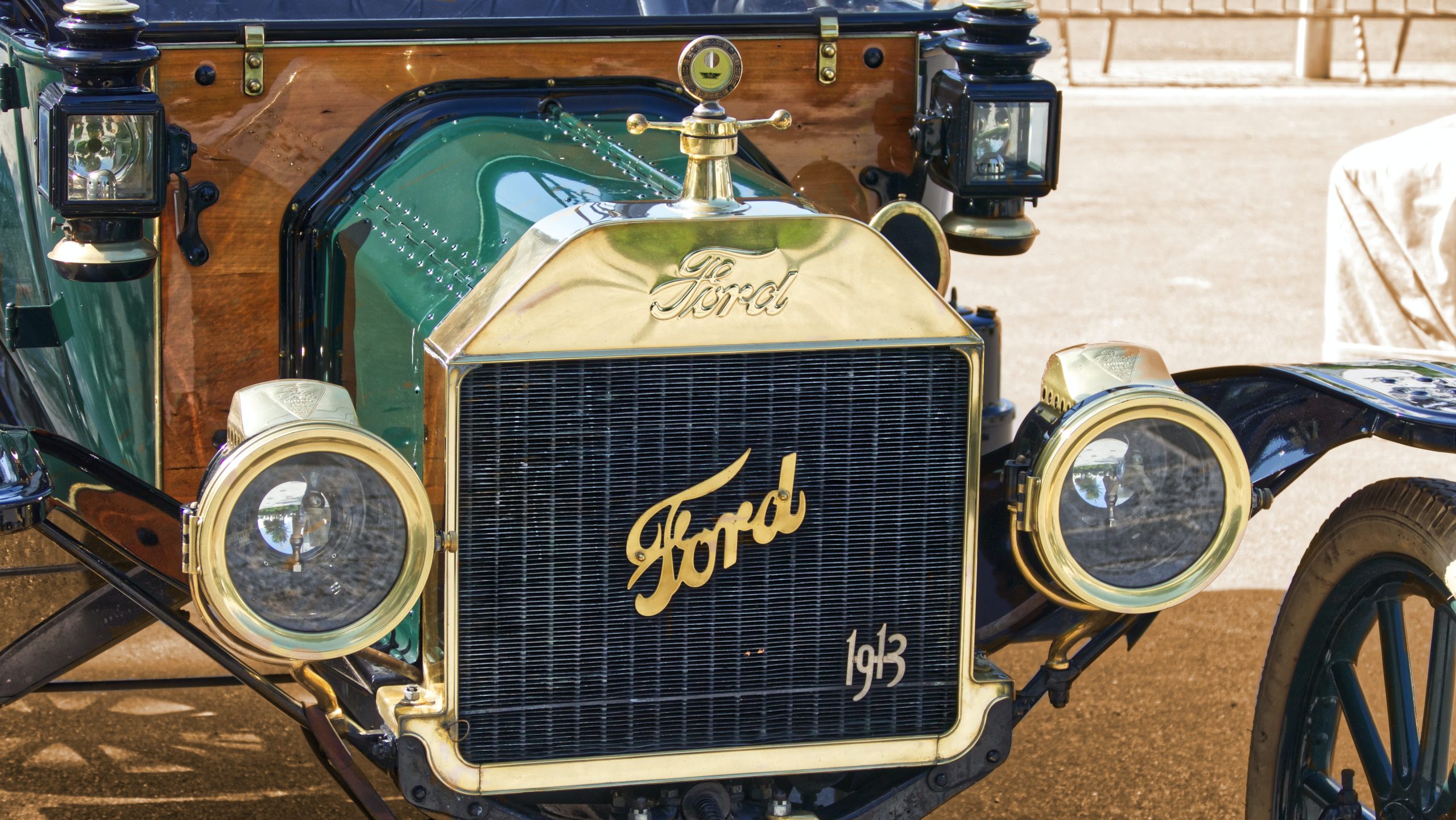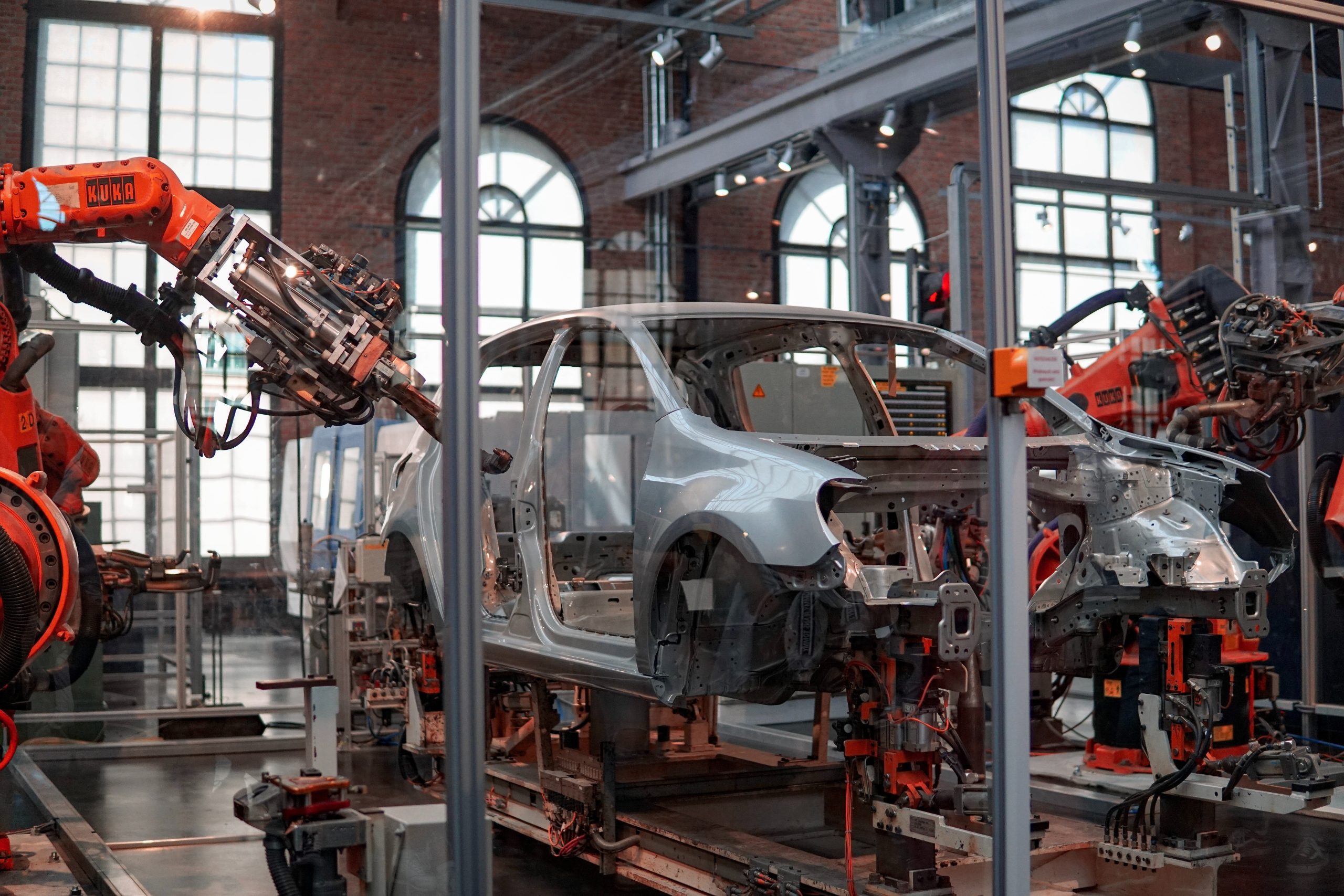Henry Ford: How to Think Outside the Factory
Introduction
In the modern day and age, we’ve all become accustomed to travelling long distances whether in a car or some other means of transport. But where did this mobility come from? How did it start? Where did all these original automotive pioneers come from?
Henry Ford was an innovative American industrialist who revolutionised manufacturing and built a mass market for automobiles. He was the first person to achieve such an accomplishment. His innovations were not only about the process of production and efficiency, though they were focussed on the assembly line and interchangeable parts; Henry Ford assembled the basis for several industries integral to infrastructure. Henry Ford’s innovation was his vision of mobility, not just the car itself.

Humble Beginnings for a Legendary Figure
Henry Ford was born on July 30th, 1863, in Dearborn, Michigan. His father, William Ford, was a farmer from Ireland who had immigrated to America in 1847 and settled near Detroit. Henry’s mother, Mary Litogot Ford, was born in Michigan to French-Canadian parents.
After graduating from high school Henry worked as an engineer before founding his own company in 1899 called the Detroit Automobile Company. The company struggled financially but eventually merged with other firms to become Cadillac Motor Car Company in 1903.
Two years later, he founded the Ford Motor Company, which would become one of the largest automakers in America by 1908 when it produced over 10,000 Model T cars per year. This vehicle became known as a “Tin Lizzie” because it was made mostly out of steel instead of wood like most cars at that time.
His Innovations Were Not Only About the Process of Production and Efficiency.
Henry Ford was a visionary who changed history and the American economy by inventing the automobile assembly line. This meant the rate of production significantly increased for Ford Model T’s, and to this day assembly lines are a staple of any manufacturing process.
Ford envisioned greater mobility for the American population, in which cars would be available to everyone, from the rich to the poor. He saw car ownership as a way for people to become more independent and empowered.
In addition to being an innovator in manufacturing cars, Henry Ford also revolutionised farming by implementing new methods of cultivation that allowed crops to grow faster than ever before.
How did Henry Ford Reshape Mass Markets?
Ford’s innovations such as the assembly line enabled the Ford Motor Company to sell millions of vehicles yearly at reasonable prices that appealed to customers from diverse backgrounds and economic circumstances.
- • Ford’s revolutionary innovations in manufacturing enabled him to build a mass market for automobiles, which had previously been available only to the wealthy.
- • Ford could sell cars to a mass market because he reduced the price from $850 in 1903 ($21,840 today) to $300 ($7,000 today). This price reduction came when cars were still considered luxury items. He made sure there was no haggling over prices by offering one set price—and if you did not like it, you could go elsewhere!
- • He created a new business model that allowed him to make money while keeping prices low; this model would later be known as “vertical integration.”

Ford’s Innovation was his Vision of Mobility, Not Just the Car Itself.
Ford’s innovation was not just in the car, although that was important. Ford’s vision of mobility was more significant than a machine: it included an infrastructure to support his idea, a culture that would encourage innovation and efficiency, and a business model that encouraged growth.
Ford first built the Model T factory in Highland Park, Mich., in 1910 and set up shop there for the next 50 years. The plant allowed for efficient assembly lines which boosted productivity to rates the automobile had never seen before.
In addition to creating this production facility, Ford also created a brand that would stand the test of time—no easy feat when talking about commercial success! He did this by innovating with his advertising campaigns; they successfully reached potential customers because they were not only focused on selling products, but also on promoting values such as self-reliance and mobility; the same ones which drove Ford’s innovations.
“If I Had Asked People What They Wanted, They Would Have Said Faster Horses.”
Innovation is not just about the product or service you create. It is also not just about how your innovation changes the world. Innovation is a process, a mindset, and a way of thinking about what is possible in the future. It is about people and helps us understand where we have been, where we are now and where we are going.
Innovation has become a buzzword in the corporate world. Every company wants to be innovative and ‘be seen’ as an innovator. But innovation is not just about products and services anymore; it is also about culture. Innovative companies are changing the way they work and think—they are trying new things, taking risks, and asking questions that challenge their current business model. They are focusing on creating value through innovative ideas rather than simply producing more products or services at lower costs than before.

Closing Thoughts
The assembly line is now a staple of every manufacturing process known to man. Likewise, the automobile sits at the centre of our culture, affecting everything from transportation to recreation.
Ford’s Model T is proof that innovation and quality are the way to a sustainable business model. Ford refused to settle for lower standards or cheaper parts. He insisted on creating a better product, and that made all the difference.
Overall, quality pays off, especially in the business world. Whether it is cars or web design templates, focus on providing customers with the highest quality product possible, and they will be likely to return.
-
Staying Motivated: 12 Powerful Leisure App Integrations
June 29, 2023 -
4 Global Leaders Using XR in their Online Marketing
February 5, 2023 -
2023: Trends Disrupting the Digital Marketing Landscape
January 26, 2023 -
4 Reasons to Hire an Innovation Agency
November 14, 2022



